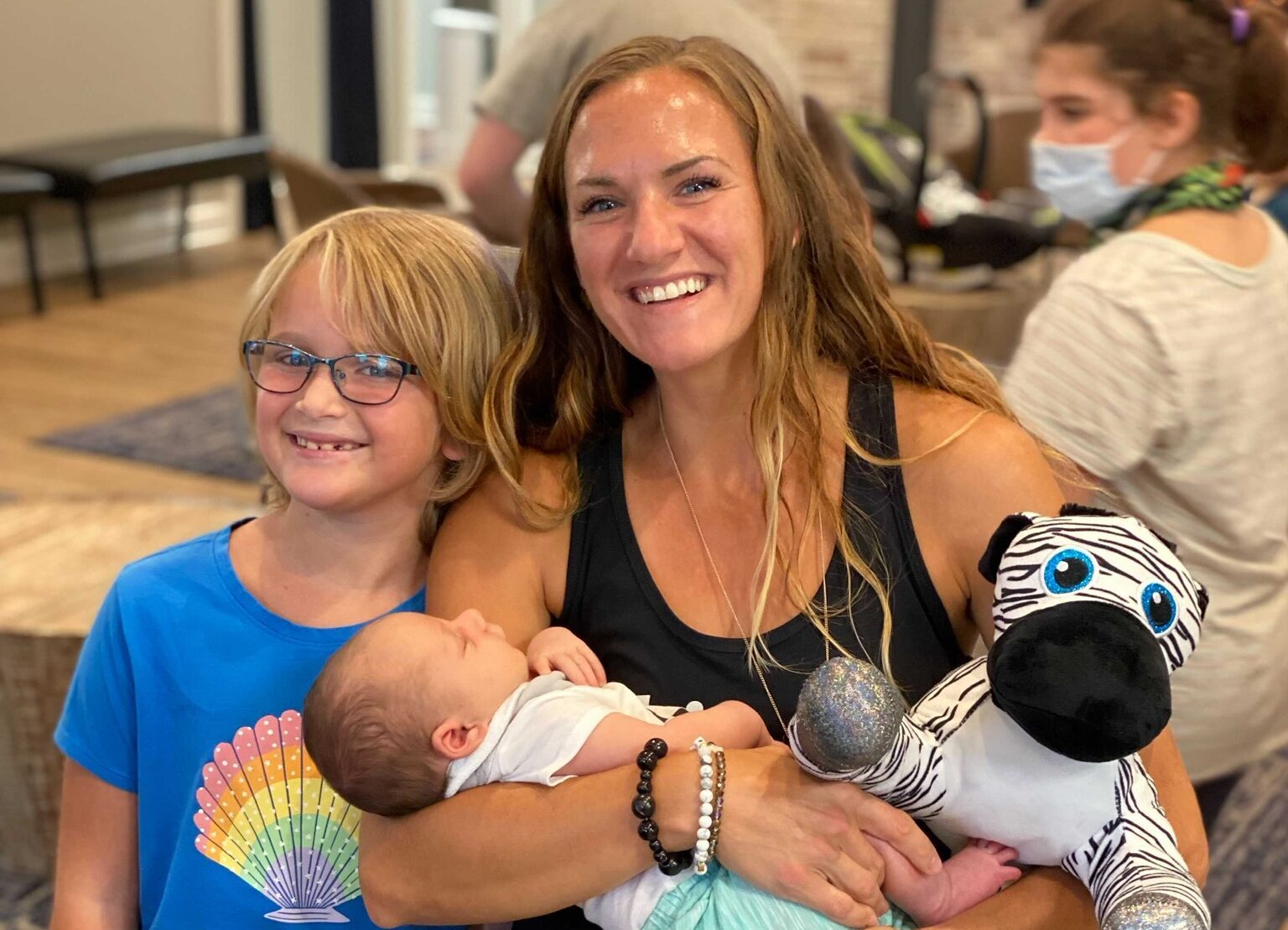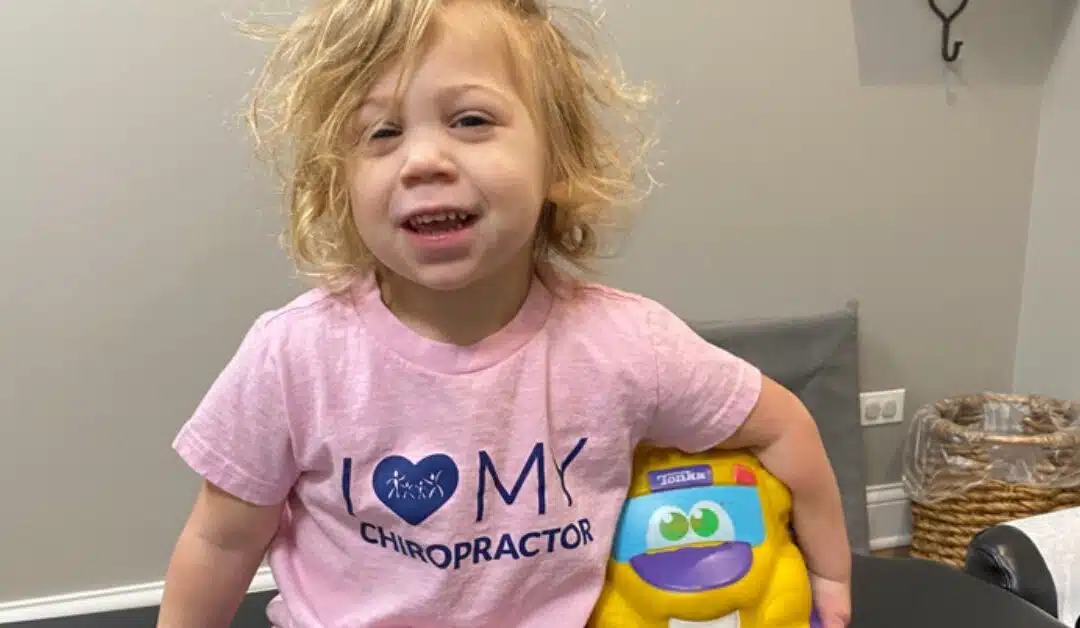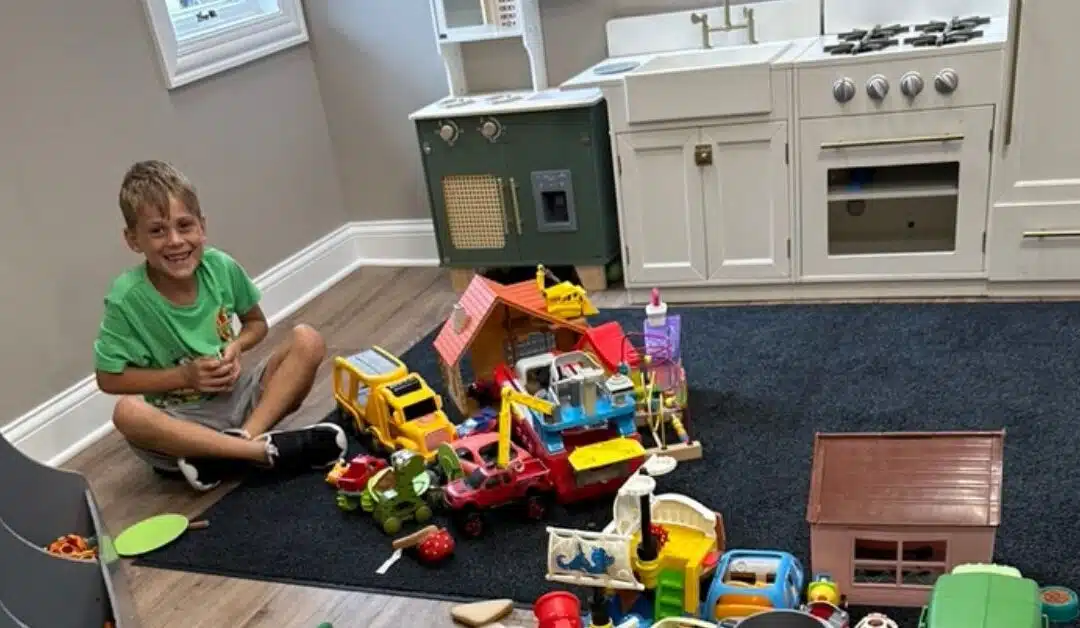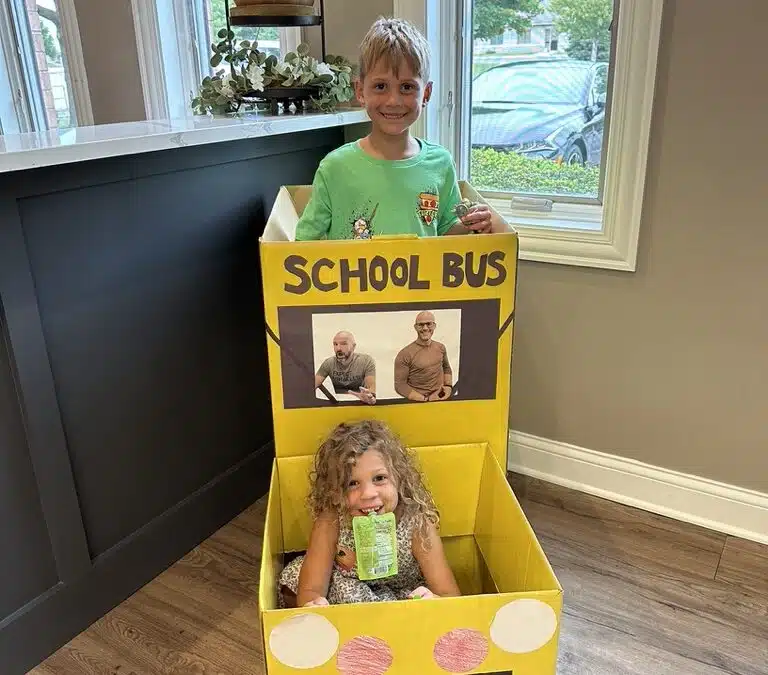Unfortunately, almost every parent has been there in some form or fashion.
There is something innately wired within us that always knows when something is wrong. It’s most commonly called that “gut feeling” we get, and there is some extra special meaning to it as a parent.
After 15 years of listening intently to moms and dads tell the story (i.e. case history) of their child’s path to an autism diagnosis, I can tell you assuredly there is almost always a “gut feeling” these parents report even long before the traditional warning signs that are listed on most charts inside a doctor’s office or on a traditional medical website.
In this article, we’ll discuss all the early signs of autism that have shown up in research articles and made their way onto those traditional charts. But even more importantly, we’ll dive deep into the real-life stories and signs that parents continue to report to us in practice today.
This is absolutely crucial for you, mom and dad, because the simple truth is – even in the best scenarios possible, most research publications are 8-10 years behind what those of us in actual practice are seeing with our pediatric patients.
Here are some “gut feeling” moments parents often report to us before all the traditional signs and symptoms even arise:
- Feeling their pregnancy was too stressful and emotional
- Experiencing birth intervention (induction, forceps, vacuum extraction, C-section, etc.)
- Having difficulty nursing, soothing, and getting their infant to sleep easily
- Seeing their infant or young child struggle with recurrent acid reflux, constipation, ear infections, or repeated bouts of croup, RSV, and other respiratory illnesses
- Having to put their child on multiple rounds of antibiotics or steroid-based medicines
Too often, these gut feelings of concern that parents have early in their child’s life are dismissed by their pediatrician. If you’ve heard phrases like “don’t worry, they’ll grow out of it” and “that’s totally normal,” and they didn’t sit well with you, then this article is definitely for you.
Early Signs, Symptoms, and Diagnosis
For a long time, an autism diagnosis was not even considered or made until age 3 and after. Thankfully, we now have much more information about the early signs of autism and can start looking for things as young as 6 months and below.
By 6 Months:
- Lack of big smiles, joyful, playful engagement
- Limited or no eye contact
By 9 Months:
- Very little back-and-forth repeating of sounds, smiles, facial expressions, or playful gestures and games
By 12 Months:
- Little to no babbling or attempts at speech
- Little or no back-and-forth gestures or games such as waving, pointing, showing, or reaching for things
- Little to no response to name
By 16 Months:
- Very few or no words at all
By 24 Months:
- Very few words put together into two or more phrases
Remember that not every child will have the exact same early signs of autism. Each child is unique and can vary with symptoms and timelines. Here are a few examples of social, communication, and behavioral differences in children with autism to also keep an eye out for.
Social Differences
- Avoids or makes little to no eye contact
- Does not respond to their name
- Shows little to no interest in a parent’s smile or facial expression
- Does not show facial expressions such as happy, sad, angry, and surprised
- Has difficulty making and keeping friends
Communication Differences
- Mixing up pronouns such as “you” and “I”
- Responds to sounds that interest them, such as a car horn
- May show little to no interest in communicating
- Difficulty following instructions
- Rarely point to or hold up objects to show you things
Behavioral Differences
- Repetitive and intense interest in certain objects or toys
- Repetitive behaviors such as rocking, swaying, twirling fingers
- Interacting with objects and toys in unexpected ways
- Obsession with few or unusual activities
- May not cry if in pain or with fears
What Other Early Signs of Autism or Indicators Can I Look For?
While no parent should expect to be at the level of awareness and understanding that a trained Pediatric Therapist (PT, OT, SLP, etc.) or Pediatric Chiropractor would be at, this next list is full of signs and indicators of challenges with other vital health and development functions that frequently lead to the neurological imbalances and challengers later on associated with autism.
Motor System and Milestones (also known as Motor “Tone” assessments):
- Either holding their head up too soon (too strong) or too late (too weak)
- Difficulty pushing up, rolling over, sitting up independently, etc.
- Frequent arching of their back and neck, stiffening, tensing, etc.
- Torticollis and plagiocephaly
- Delayed crawling or skipping this stage altogether
- Delayed walking
Digestive & Immune Systems:
- Continued bouts of reflux, excessive spit-up, or even vomiting
- Colic or continuous crying, difficulty in soothing and sleep, etc.
- Chronic constipation and eczema
- Frequent and recurrent ear and other respiratory infections (croup, RSV, etc.)
- Frequent and recurrent use of medications such as antibiotics and nebulizers
While there has been far more academic research done on the associations between the motor and speech systems and autism than on the digestive and immune system challenges listed above, there are strong clinical correlations between all of these crucial health and developmental systems.
Putting It All Together
One thing we can be sure of from a clinical and research perspective is this: there is no single cause of autism. Autism comes from a confluence of factors or ingredients that we frequently call The Perfect Storm.
The two biggest determinants of that storm are:
- How early was your child exposed to the environmental stressors and toxicity
- How much or how many of the various stressors were they exposed to
Still today, the traditional medical system looks at autism as more of a genetic “bad luck” scenario and only recently has begun to admit and then investigate our environment’s significant role.
But what’s essential for all parents to know is that environment does not just mean what happens on the “outside” of your child’s body. What’s even more important is what’s going on with their internal environment and how what’s known as their central or autonomic nervous system is functioning and developing.
If any level of interference or dysfunction (also known as subluxation) occurs early in the developmental stage, then the proper ‘pace’ and ‘sequence’ of development can be thrown off track. Put into an even bigger picture, when your child is experiencing a multitude of the various signs and symptoms listed above, it indicates something called dysautonomia.
At its core, autism, and dysautonomia are somewhat synonymous. The autonomic nervous system doesn’t just regulate basic functions such as breathing, heart rate, and digestion. This vital system also regulates and controls your child’s motor tone and function, immune function, and even speech, socialization, and emotional regulation.
Each of those essential functions is tied to the autonomic nervous system through the most critical nerve in the body, called the Vagus Nerve. We feel strongly the future of helping both prevent and best take care of autism spectrum disorders is through researching everything there is to do with the Vagus Nerve.
How Does Chiropractic Help Autism?
The answer to this question is honestly very simple. In fact, it’s so simple that it is likely the main reason that, in the past, there was so much skepticism and delay in parents turning to trained, neurologically-focused Pediatric Chiropractors for help.
It’s simple because it all begins with our focus on that main, widely important operating system – the autonomic nervous system and the vagus nerve. Our Pediatric Experience-trained doctors know that there is no cure for autism, nor do we even treat it.
We simply and safely work to restore balance to the autonomic nervous system by improving neuromotor tone, movement, and coordination. If a child has subluxation and dysautonomia at play, then even if they are getting all the other appropriate therapies (PT, OT, Speech, ABA, etc.), on a perfect diet, taking supplements, and so forth, they will struggle to see results as long as that nervous system stays in fight-or-flight, disorganized, and inefficient.
The storm begins to brew the moment subluxation sets up shop. The earlier that subluxation and dysautonomia show up, and the worse it is, the more likely a child will end up with more severe health and developmental challenges such as autism.
That is why the first thing our PX Docs are trained to do is assess the health and function of the autonomic nervous system. We are the only profession that provides a complete, in-depth examination and assessment of ANS function that shows parents clearly and concisely how their child’s nervous system is functioning.
For so many parents Neurologically-Focused, Pediatric Chiropractic care is the missing link they’ve been searching for to tie this all together. The earlier you get our scans and assessment for your child’s nervous system, the more confident you can be in the care plan we’ll lay out to help ensure your child’s health and development are as optimal as possible!
Remember, Trust Your Instincts
If your child has any of these early signs of autism and this article really has that gut instinct going, be sure to book a consultation via our PX Docs Directory today. Our teams are always standing by, ready to answer any questions, and provide you and your family with the Hope, Answers, and Help we all deserve!





